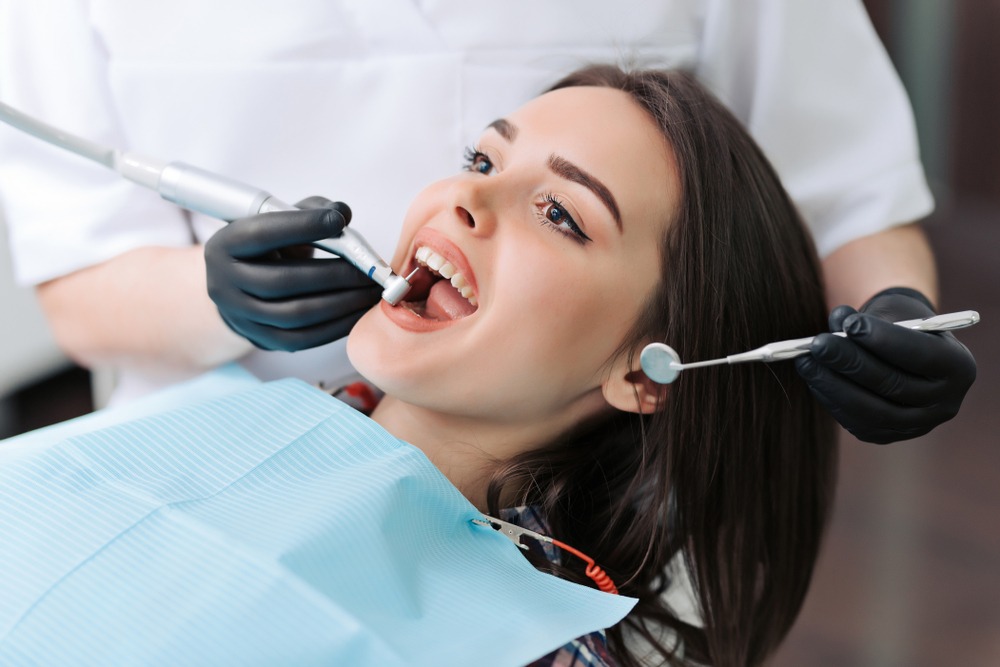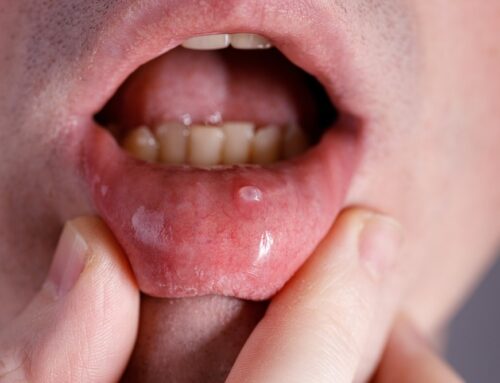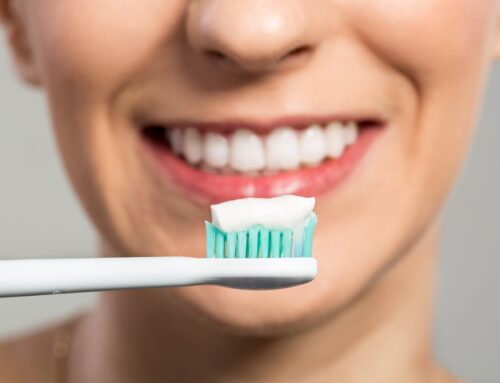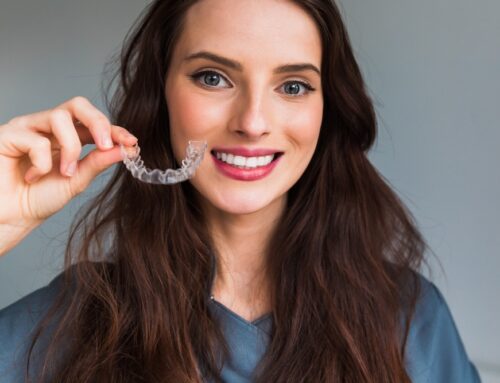Getting regular dental checkups is a crucial part of keeping your teeth and gums healthy throughout your life; however, many people are intimidated by the tools used by dentists and dental hygienists. It’s true that those stainless-steel picks and other instruments can look a bit scary, but they’re nothing to be afraid of. At ZDental, we want you to feel comfortable visiting your dentist for a checkup every six months, so today we want to shed some light on the most common tools used in cleaning procedures so you won’t have to be afraid of them the next time you come in for a checkup.
Dental Hand Tools
- Dental Mirrors – A mirror attached to a stainless steel handle is perhaps one of the most important instruments in a dental toolkit. These allow your dentist or hygienist to view your teeth from multiple angles so they can spot tartar buildup, cavities, and other issues that may not be easy to see from outside the mouth.
- Dental Curettes – When you imagine a dental tool, the curette is probably the first one you think of. These double-ended instruments use different shapes of picks to remove calcified plaque, known as calculus, from the areas underneath the gums. Curettes are also used to smooth the root surface in a procedure called root-planing. Unlike a scaler, one side of the curette blade is rounded to prevent it from gouging the teeth roots while removing calculus underneath the gums.
- Dental Scalers – Although these instruments look very similar to curettes, they have a triangular-shaped blade. This makes them perfect for removing calculus and plaque from the exposed areas of the teeth. Both curettes and scalers come with a range of blade shapes that are designed to be used for specific areas of each tooth.
- Dental Probes – These instruments are designed not to clean teeth, but to probe areas of the teeth and gums. A dental probe can be used to measure the gaps between the teeth and gums to identify symptoms of gingivitis and periodontitis. They can also be used to probe cavities, tooth decay, and other tooth issues to assess the severity of the problem.
Powered Tools
- Ultrasonic Scalers – This is a powered type of scaler that uses vibrations to loosen plaque deposits. They also usually come with a water sprayer that washes away debris so it can be collected by a suction device.
- Suction Device – Also known as a saliva ejector, this tool removes saliva, water, and debris from the mouth during your cleaning so you don’t have to spit as frequently.
- Polishers – Once all plaque and tartar are removed during a cleaning, your hygienist will use this rotary tool in conjunction with a specialized paste that smooths out the tooth surface to make it look shinier and remove any rough areas where plaque can attach in the future.
If your checkup looks good, your dentist will not need to use any other instruments. If they find cavities or other issues, they may need to use other tools like drills to remove the damage. No matter what happens during your checkup, there is no need to be afraid. Dentists and hygienists receive years of training that allow them to thoroughly clean your teeth with minimal discomfort. By the time their work is complete, you will wonder why you were ever afraid to begin with!
General Dentistry in New Jersey and the Philadelphia Area
The American Dental Association recommends scheduling a checkup every 6 months. If you live in the Philadelphia area or New Jersey, ZDental can assist you with dental cleanings and a range of other procedures. Visit our contact page or fill request an appointment online today if you need a dentist in South Philadelphia or anywhere else in the area.







Leave A Comment